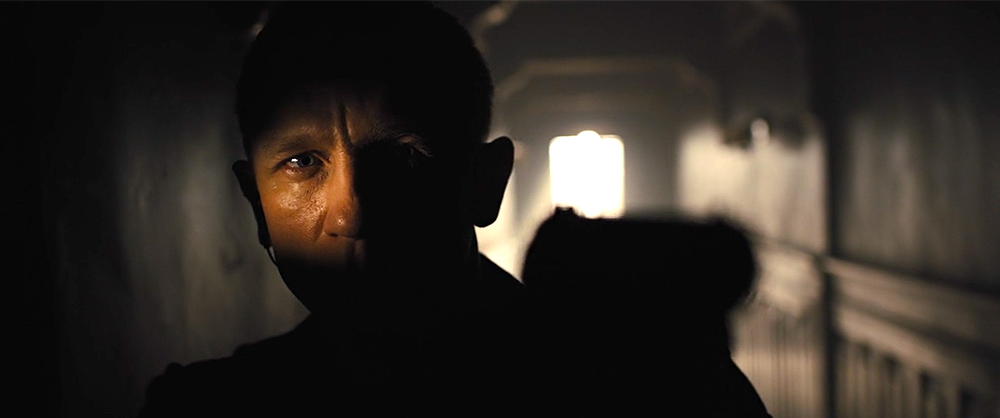In the realm of cinematography, Roger Deakins is not just a name; he is an institution. Beyond his stunning visual compositions and mastery of light, what truly sets him apart is his distinct creative process—a journey that has consistently pushed the boundaries of cinematic storytelling and elevated his craft to an art form.
At the core of Roger Deakins’ creative process is a relentless pursuit of storytelling. For him, every frame is a narrative waiting to be unraveled. He immerses himself in the script, dissecting its themes, character arcs, and emotional resonances. This deep understanding allows him to translate the essence of the story into visual language, ensuring that every shot serves a purpose beyond aesthetics.
Collaboration is a cornerstone of Deakins’ approach. He understands that filmmaking is a collective effort, and his goal is to seamlessly integrate his vision with that of the director, production designer, and the entire creative team. This harmonious collaboration fosters an environment where ideas flow freely, leading to innovations that are greater than the sum of their parts.
One of the hallmarks of Roger Deakins’ creative process is his unwavering commitment to authenticity. He believes that the camera should be an observer, capturing life as it unfolds. This philosophy is evident in films like “No Country for Old Men,” where the cinematography allows the audience to immerse themselves in the stark, unforgiving landscapes of the American Southwest, mirroring the film’s themes of existentialism and fate.

Deakins’ mastery of natural light is legendary. He has an innate ability to harness the sun, moon, and ambient light sources to create stunning visual narratives. His process involves rigorous planning, scouting locations at different times of day, and experimenting with angles to capture the perfect play of light and shadow. This meticulous attention to detail elevates each scene, infusing it with a unique atmosphere and emotion.
Color plays a pivotal role in Deakins’ creative process. He understands the psychology of color and its ability to evoke specific emotions in the audience. In “The Shawshank Redemption,” he used a warm, golden color palette to convey hope and redemption, while in “Skyfall,” he employed a cooler, more monochromatic palette to mirror James Bond’s journey into the shadows. Color, for Deakins, is a powerful storytelling tool that can subtly shape the audience’s emotional response.

Innovation is another key element of Roger Deakins’ creative process. He is never content with the status quo and is always eager to explore new technologies and techniques. In “Blade Runner 2049,” he pushed the boundaries of visual effects and lighting, creating a mesmerizing cyberpunk world that earned him his long-overdue Academy Award.

Yet, for all his technical prowess, Deakins remains a master of simplicity. He understands that sometimes, the most powerful images are born from minimalism. He knows when to let the camera linger on a single, contemplative shot, allowing the audience to absorb the depth of a character’s emotion or the weight of a moment.
Roger Deakins’ creative process is a testament to his dedication, passion, and profound understanding of the art of cinematography. His work transcends the boundaries of cinema, weaving stories that resonate with the human experience. As we marvel at the beauty of his frames and the depth of his narratives, we are reminded that Roger Deakins is not just a cinematographer; he is a storyteller, a visionary, and a true master of his craft.







